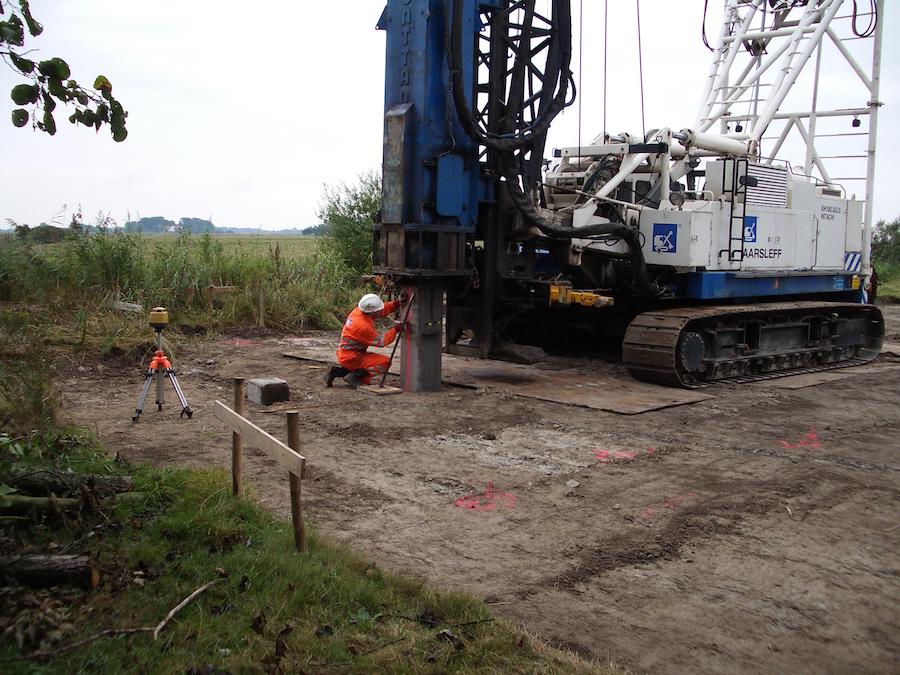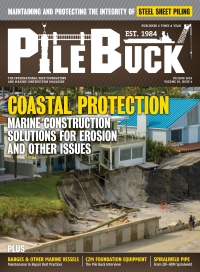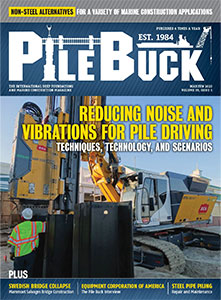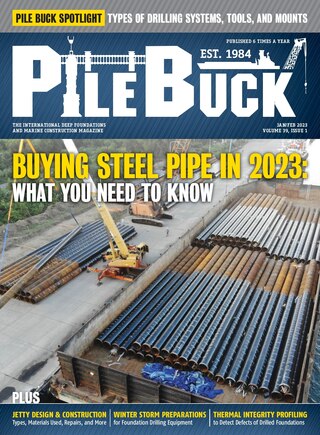Energy Piles Used to Reduce Carbon Footprint


The Centrum Pile Group will be presenting on ‘Energy Piles’ at the 20th Annual Design and Installation of Cost-Efficient Piles (DICEP) Conference scheduled for November 5-6, 2019, in Cleveland, OH. The theme of this year’s DICEP conference is “Deep Foundations, Earth Retention, and the Benefits of the Driven Pile.”
The Centrum Pile Group are doing all it can to be greener, achieving optimum recycling targets and taking great steps to reduce their carbon footprint. Through research projects and close collaboration with academic institutions, the Centrum Pile Group make sure its techniques are at the forefront of innovation, so that it can offer the most effective, smart and sustainable all-round solutions for their customer’s challenges.

‘Energy Piles’ are equipped with individual or several pipe circuits to enable exchange of heat with the surrounding soil. Geothermal energy is the second most abundant source of heat on earth, after solar energy, as is found stored in the earth. There are two functions of Energy Piles. The first consists of transferring load from construction into the bearing layer, and the second is the exchange of heat with the soil. Energy piles are installed either using soil displacement techniques or soil excavation systems. With increasing energy costs and the introduction of greater renewable energy requirements for new buildings, Energy Piles are becoming more and more in demand.

This tool eliminates the risk of depleting the ground heat by stimulating the long-term effect of energy piles in any specific area, thus granting a basis upon which to decide how to alter the dimensions of the energy piles to accommodate the heating and cooling demands of any building.
Another energy pile study is already underway in Denmark in the shape of an EUDP-supported project in the south of Denmark as a broad collaboration between Centrum Pæle A/S and VIA University College among other respected partners. The scope of the EUDP project is to prove the feasibility of energy piles as a complete standalone district heating and cooling grid in a new sustainable urban area, Ny Rosborg, in Vejle.

The Centrum Pile Group will be presenting on ‘Energy Piles’ at the 20th Annual Design and Installation of Cost-Efficient Piles (DICEP) Conference scheduled for November 5-6, 2019, in Cleveland, OH. The theme of this year’s DICEP conference is “Deep Foundations, Earth Retention, and the Benefits of the Driven Pile.”

















